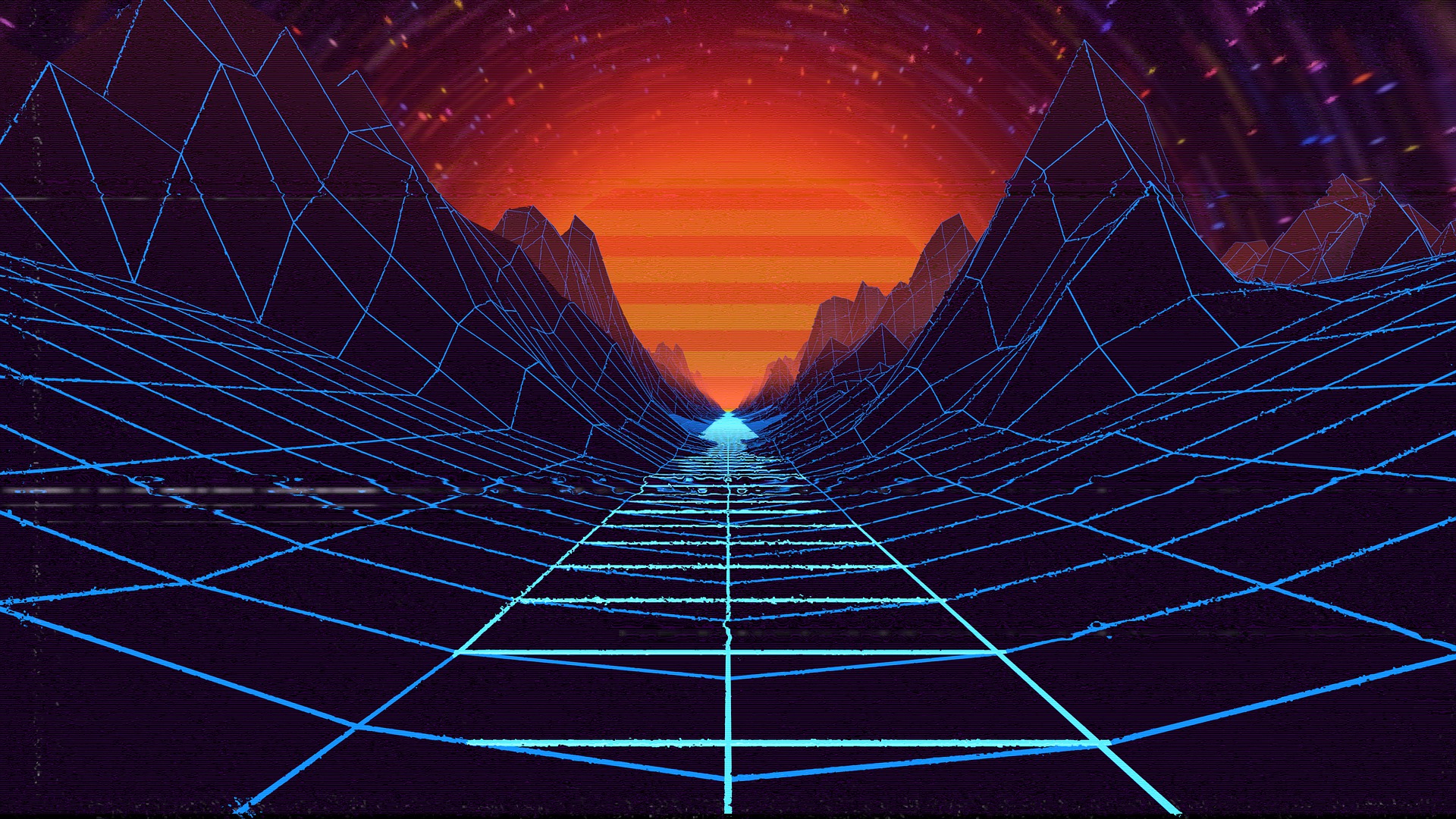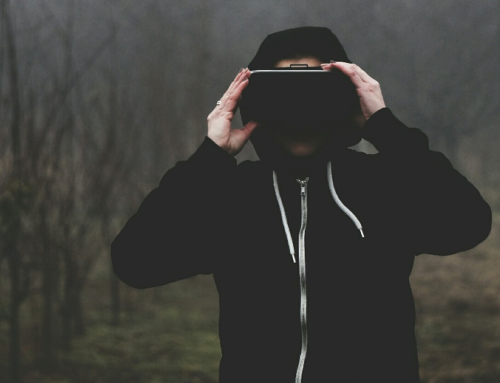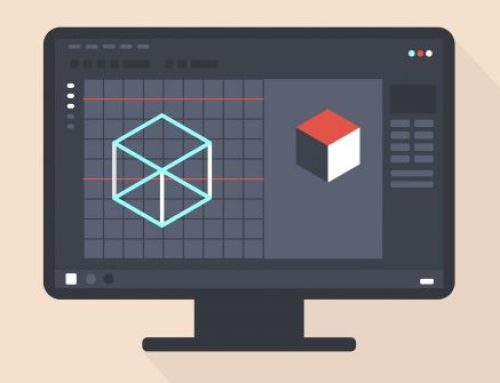Was Sie über die Vergangenheit von QuickTime VR wissen sollten.

In Quicktime 2.5, mit einem aktualisierten QuickTime VR 2.0, wurden diese Elemente integriert, um einen kostenlosen universellen VR-Player zu erstellen. Hier kann man schon von interaktiven Medien sprechen.
Der Player war also kostenlos, aber um diese interaktive Multimedia zu erstellen, benötigten Sie die QuickTime VR Authoring Tools Suite, die aus 2 riesigen Ordnern, einem Video und vielen Disketten bestand. Es gab keine GUI, man musste Code in MPW 3.2 schreiben und Hyper Card und ResEdit verwenden. Diese Tools Suite kostete 2.000 € und könnte nur auf einem 4.000 € Apple Computer ausgeführt werden. Trotz regelmäßiger Abstürze und einer langen Lernkurve funktionierte alles.
Es sei daran erinnert, dass es kein Breitband gab, sondern nur Modems, die mit einem Bruchteil der Geschwindigkeit arbeiteten und dass Digitalkameras noch in den Kinderschuhen steckten, so dass die meisten Projekte vom Film digitalisiert werden mussten, oft mit einer Foto-CD.
Ende 1997 wurde QuickTime VR 2.0 Authoring Studio mit einer vollständigen GUI und Batch-Modus für 500 € veröffentlicht, was VR in den Mainstream brachte. Die Autorenwerkzeuge fertigten zylindrische Panoramen, Objektfilme und Touren mit internen und externen Links. Viele Jahre lang war dieses Programm der Standard-Panorama-Maker, trotz späterer Konkurrenz durch RealViz Stitcher, Powerstitch und VR Worx.
Quicktime wurde ständig aktualisiert, obwohl QuickTime 4.1 bekanntlich alle ihre Hotspots neu nummeriert hat, so dass Sie nie wirklich dorthin gegangen sind, wo Sie es beabsichtigt hatten. Gleichzeitig erschienen andere Panoramaspieler, leider auch die prozessführende Interactive Pictures Corporation (IPIX), die drohte, jeden zu verklagen, der Software zur Erstellung von 360-Grad-Panoramen vertrieb, darunter den Softwareentwickler Helmut Dersch und auch PhotoVista von Live Picture. IPIS, das 25 Dollar pro Panorama berechnete, sollte 2006 mit der eigenen Patentverletzung in Konkurs gehen.
Apple unterstützte QuickTime VR mit speziellen Showcase-Seiten und einer lebendigen Apple QuickTime VR Mailingliste. Die Flexibilität von QuickTime VR ermöglichte die Erstellung echter Multimedia-Erlebnisse. Diese beiden riesigen Bände der Quicktime Developer Serie veranschaulichen das Potenzial dieser Technologie.
Vielleicht inspiriert von Helmut Dersh`s Panorama Tools, führte QuickTime 5 im Jahr 2001 den kugelförmigen (360ºx180º) Panoramaplayer ein, den wir heute kennen. Zu diesem Zeitpunkt unterstützte QuickTime mp3, Flash 4, Streaming und „kabelgebundene“ Filme. Diese kabelgebundenen Filme ermöglichten es einer Authoring-Anwendung, die Leistungsfähigkeit von QuickTime freizuschalten, wovon das beste Beispiel Livestage Media Pro war, mit dem Sie QuickTime skinen und verschiedene Medien und Player interaktiv integrieren konnten. Leider funktioniert dieses Beispiel nicht mehr wie in den Jahren 2004 bis 2015.
Mit dem Aufkommen der sphärischen Panoramen erschien neue Software wie PTMac, IBM Hot Media, Cubic Converter, PhotoWarp und schließlich PTGui, der aktuelle Hefter der Wahl. Apple hat QTVRAS (QuickTime VR Authoring Studio) nie aktualisiert, um sphärische Bilder zu stylen oder in OSX zu laufen, außer in der Emulation.
In den Anfangszeiten von QuickTime VR wurde viel Mühe darauf verwendet, PC-Besitzer davon zu überzeugen, QuickTime herunterzuladen, damit sie die Medien ansehen konnten. Dieses Problem verschwand, nachdem Apple iTunes 2001 (nach dem Kauf von Soundjam) auf den Markt gebracht hatte und QuickTime wurde zum eigentlichen Musik-Player. Es sah alles rosig aus, aber im Rückblick verlor Apple zu dieser Zeit das Interesse an QuickTime VR und jetzt kann iTunes keine interaktiven Medien mehr abspielen.
Mit dem Erscheinen von QuickTime 7 im Jahr 2005 wurde die Flash-Unterstützung in der Version 7.3 zusammen mit mehreren anderen interaktiven Funktionen aufgrund von Sicherheitsbedenken eingestellt, was viele interaktive Projekt zunichte machte. Im selben Jahr wurde ein sehr reibungsloser OpenGL-Panoramaplayer mit der Bezeichnung Cubic Navigator mit modernster Grafiktechnologie auf den Markt gebracht, aber Apple reagierte nicht. Seit QuickTime 7.5 im Jahr 2008 wurde der Funktionsumfang nicht mehr aktualisiert, abgesehen von Sicherheits- und Kompatibilitätsupdates, QuickTime 7.6 ist nun eine „optionale Installation“ auf Apple-Computern. Es sei daran erinnert, dass Quicktime 7 in der Pro-Version (30€) ein sehr leistungsfähiger und flexibler Filmeditor und Kompressor ist, der die gleichen Codecs wie Final Cut Pro Studio (1.700 €) verwendet.
Im Jahr 2009 verzichtete Apple mit der Einführung von QuickTime X auf den Support für QuickTime VR, obwohl es behauptete, es sei „ideal für jede Anwendung, die Medieninhalte abspielen müsse“ und dass es „moderne Medien- und Internetstandards weiterentwickeln würde“. Dabei gaben sie den multimedialen Stab an Flash, ihre vermeintlichen Gegner, ab. Die letztendliche Antwort von Apple war ein HTML5-Player, der eine Beleidigung für QuickTime VR darstellte. Es war ein schändliches Ende für die Technologie, die Apple so sehr gefördert hatte.
Versuchen Sie es also heute, es könnte in Flash mit KRPano möglich sein, aber 1999 hatten wir eine coole GUI in SoundaVR, um die mehreren überlappenden Loops zu bearbeiten. Dieses Panorama, nur 1,2 MB groß, so dass es über ein Modem übertragen werden konnte, war ein großer Erfolg auf der MacWorld 1999.
ich hoffe, dass wir ihnen einen kurzen Einstieg in die Vergangenheit von QuickTime VR geben konnten. Wenn Sie Anmerkungen oder Fragen haben sollten, hinterlassen Sie uns unten einen Kommentar.
Vielen Dank für ihren Besuch.


